Research Brief: Harmful Algal Blooms in Urban Stormwater Ponds
4Eutrophication and subsequent harmful algal blooms in large freshwater lakes like Lake Erie occur annually as a result of nutrient pollution from runoff as well as nutrient loading facilitated by the lake’s tributaries. In order to combat runoff, many cities construct stormwater ponds, infrastructure designed to catch runoff from storms and protect native waterways. However, many of these ponds are near housing and urban areas, wherein they are perceived as natural elements of the landscape, not storm resilience infrastructure.
The nutrient-rich ponds are the ideal environment for harmful algal blooms to grow, generating a number of problems, including fish kills, hypoxia, toxin production and fisheries closures.1 Unfortunately, these ponds are often perceived as a recreational resource, promoting fishing, playing with pets, observing wildlife and paddle sports in and around the water.1
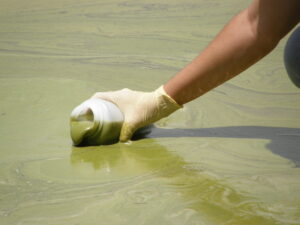
Green algal bloom forming a thick surface layer in Lake Dora, Florida. (Credit: Nara Souza / Florida Fish and Wildlife Commission via Flickr CC BY 2.0)
Harmful algal blooms are known to have adverse impacts on human and animal health, with documented cases of three dogs dying after being exposed to a bloom in a stormwater pond in Wilmington, North Carolina.1 Because these stormwater ponds are considered part of the infrastructure, they are often not assessed by local agencies in the same way that natural water formations are.
A 2023 study published by Water conducted the first targeted assessment of the frequency, distribution and taxonomic diversity of microalgae blooms in the waterbodies around Wilmington, North Carolina. The goals of the study involve the following three parameters:
- Bloom occurrence and intensity (defined as chlorophyll-α concentration)
- Predominance of diazotroph cyanobacteria blooming taxa
- Frequency of microcystin detection
Methods
Water samples were collected from active blooms from 2019 to 2022 in Wilmington, NC. In total, 87 algal blooms were measured from 39 unique sites. Temperature, pH, dissolved oxygen, turbidity and salinity were measured and recorded on-site with the YSI Pro DSS multi-meter. Whole water samples were also collected and analyzed off-site at the University of North Carolina Wilmington Aquatic Ecology Lab.
Based on type, location and size, blooms were categorized into four types: benthic mat, surface mat, surface scum, and water column distribution.1 Locations for sampling were chosen based on known stormwater ponds as well as those that were visible from high-traffic roadways or observed by authors of the study, citizens or government groups.
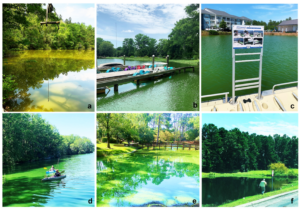
Human interactions with algal blooms and urban waterbodies; (a) rope swing over a blooming pond, (b) paddleboats in a marina with an active bloom, (c) kayak launch into residential stormwater pond (actively blooming), (d) people kayaking through an active bloom in a city park (Greenfield Lake), (e) bloom in a city park (Long Leaf Park) with a recreation walking/biking trail, (f) person fishing in a stormwater pond where regular blooms of harmful cyanobacteria have been documented (Credit: Grogan et al., 2023).
Results
Results of the sampling revealed that 68% of the sampled blooms were comprised of cyanobacteria, indicating that conditions found in the stormwater ponds favor this type of algae growth. Some cyanobacteria can be toxigenic, producing cyanotoxins leading to health complications for humans and animals.
Overall, the results indicate a higher occurrence of potentially toxic cyanobacteria over other bloom-forming taxa. Seventeen of the twenty-five cyanobacteria genera identified were determined to be potentially toxin-producing algae, highlighting the need to clearly mark stormwater ponds as such and discourage recreational activity.
Sources
- Grogan, A. E., Alves-de-Souza, C., Cahoon, L. B., & Mallin, M. A. (2023). Harmful Algal Blooms: A Prolific Issue in Urban Stormwater Ponds. Water, 15(13), 2436. MDPI AG. Retrieved from http://dx.doi.org/10.3390/w15132436




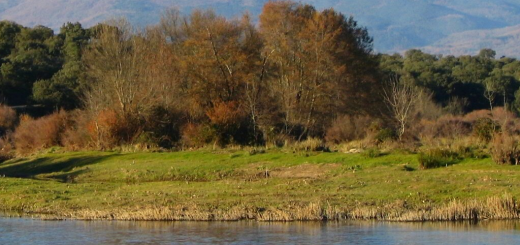
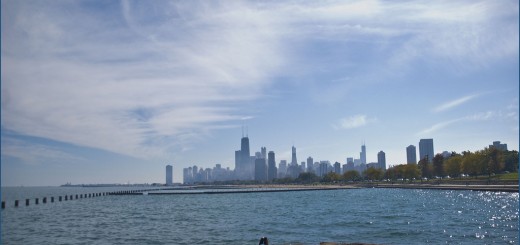
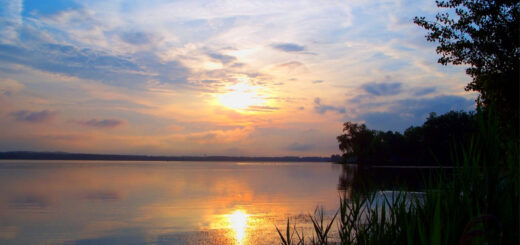
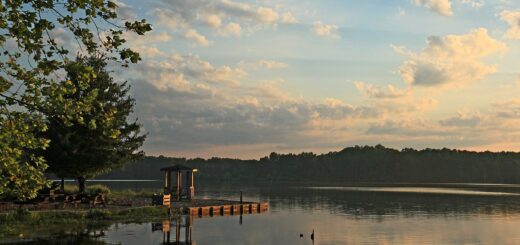






[…] to environmental stressors. Nutrient pollution is tied to declines in dissolved oxygen, hypoxia, harmful algal blooms, and other conditions that influence system health. For Lake Erie, the influence of Lake Huron, the […]
[…] Stormwater retention ponds and other small, shallow water resources are often forgotten in limnological research. For many years, scientists believed that shallower water did not stratify on a density gradient to a meaningful degree. However, due to the influx of runoff, road salt, and other pollutants, stormwater retention ponds and other shallow waters located near urban centers are disrupted and impaired. […]
[…] the salinization of nearby waterbodies. In particular, stormwater management ponds (also known as stormwater retention ponds) are inundated with high concentrations of chloride (Cl−) during snowmelt or precipitation […]
[…] means waste is collected, segregated, and processed close to its source. It reduces transportation costs and dumping risks. Local recycling initiatives […]